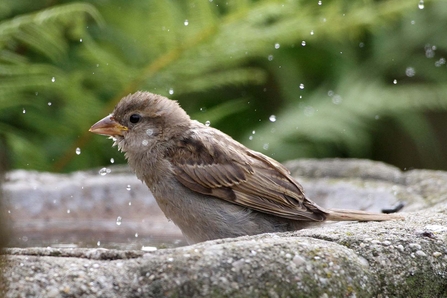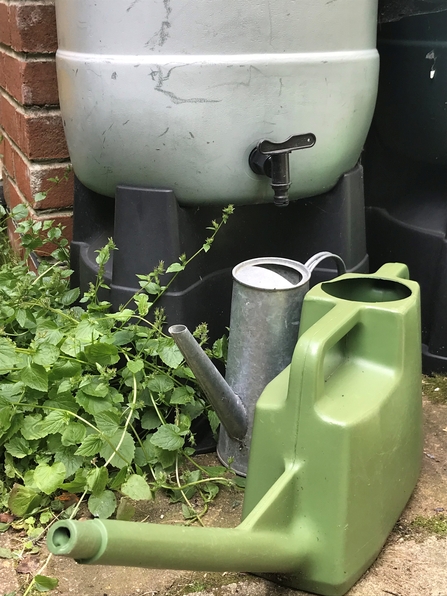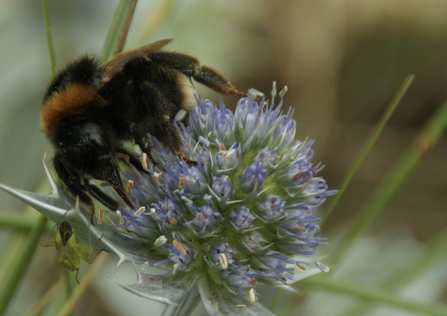Welcome to the June edition of our wildlife-friendly gardening blog.
June can be a hot month, so providing water in the garden can become increasingly important for wildlife. Topping up bird baths and providing water for hedgehogs are simple things which can have a big impact. Check out our webpage for more tips on providing water for wildlife.




